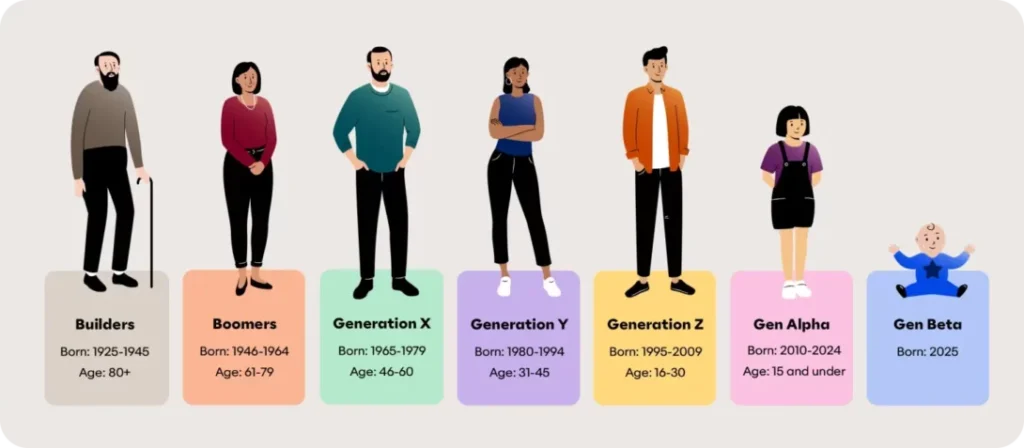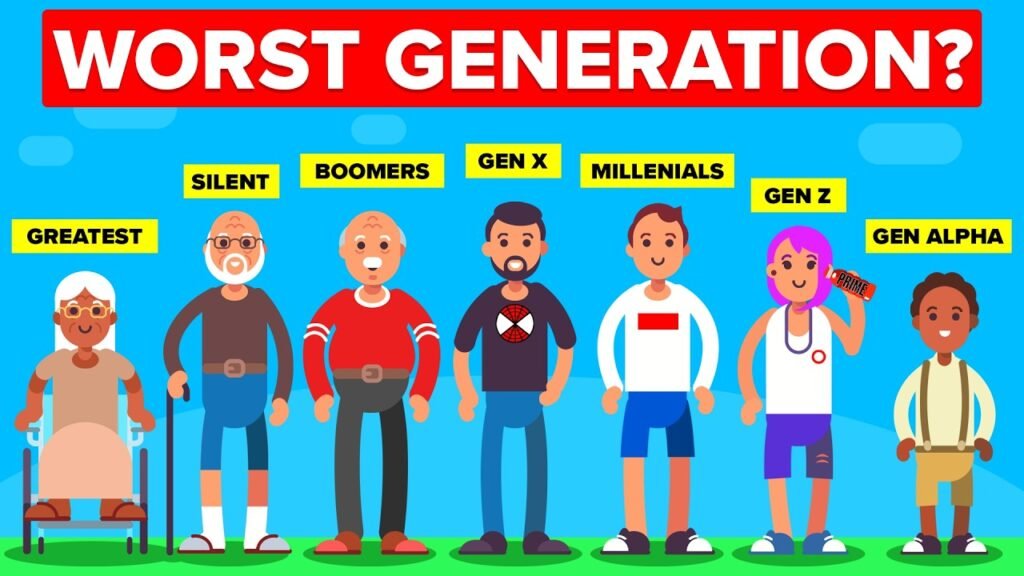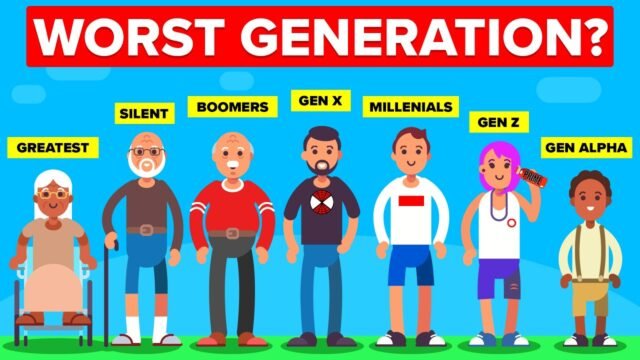In our rapidly shifting world, knowing generations and which you belong to isn’t just trivia—it ties into how society frames identity, culture, work and legacy. Terminology like Silent Generation or Generation Alpha may feel familiar, but understanding the exact years and the broader context that each label captures helps more than you’d expect. This guide walks you through the widely accepted generational cohorts—who they are, how each was born into a unique era, and what it means today.
Think of this as your browser through time: each “generation” is a snapshot of birth-years, historical context and shared experience—and by the end, you’ll be able to say with confidence not only which group you’re in, but why that group is defined the way it is.

Table of Contents
From the Silent Generation to the Boomers
Let’s start with two foundational cohorts often referenced in generational discussions:
The Silent Generation (Born ~1928–1945)
Those born between approximately 1928 and 1945 are typically grouped under the label “Silent Generation.” These individuals experienced early childhood or adolescence either during or just after the Second World War, and came of age in the early post-war period. The term “silent” reflects the idea that this group experienced large societal upheavals but was often expected to play a more conformist role in rebuilding.
Baby Boomers (Born ~1946–1964)
Following them are the much-discussed Baby Boomers, born roughly between 1946 and 1964. The name comes from the surge in births after WWII—a boom in population and a shift in culture. Boomers grew up in a period of economic expansion in many Western nations, witnessed the civil rights movements, the onset of television as mass media, and later the digital dawn.
Why these two matter:
These generations set the stage for many of the cultural, economic and demographic patterns we see today. For example, the Silent Generation’s children were often the Boomers, and the Boomers themselves shaped the labour market, consumption patterns, and even generational expectations that follow. Recognising these periods gives context when we look at subsequent generations.

Gen-X, Millennials and Gen Z – the Modern Bridge
Moving from mid-century into the contemporary age, three generations capture the shift into digital life, global connectivity and cultural transformation.
Generation X (Born ~1965–1980)
Often described as the “middle child” between Boomers and Millennials, Generation X is typically defined as those born between 1965 and 1980. They grew up during the tail end of Cold War tensions, the rise of personal computing, and often with more independence (or ambiguous expectations) than their Boomer predecessors. Some key attributes: adaptability, entrepreneurial mindset, and a sense of being sandwiched between larger-cohort generations.
Millennials (Born ~1981–1996)
This cohort—sometimes called Generation Y—includes those born roughly 1981–1996. Millennials experienced adolescence and young adulthood during the rise of the Internet, ubiquitous mobile devices, and globalisation. They’ve often been characterised by values around flexibility, purpose in work, and experience over tradition.
Generation Z (Born ~1997–2012)
Next up is Generation Z: born roughly between 1997 and 2012. Gen Z never knew a world without high-speed internet, smartphones and social media as a norm. They tend to be digitally native, globally connected, and highly attuned to cultural shifts and environmental concerns.
Why this bridge matters:
This tranche of generations reflects one of the fastest transitions in human history—from analogue to digital, from local to global, from stable to rapidly changing. When you’re talking generational patterns in work, media, politics or identity, these are the groups you’ll most often hear about. Recognising their year ranges and unique contexts helps parse everything from marketing strategies to workplace dynamics.
Generation Alpha and What Comes Next
Finally, two modern-era generations: one just entering public consciousness and one beginning to shape it.
Generation Alpha (Born ~2010–2024)
Here’s where we step into the youngest recognised generational cohort: Generation Alpha. They are defined as those born in the 2010s and into the early 2020s—often cited as 2010–2024. Gen Alpha are the first generation to be born entirely in the 21st century. They’ve never known a pre-Internet world, and many will grow up with AI, VR, and technologies still emerging.
What comes after? Generation Beta (Proposed)
While not yet fully established in every research framework, the coming cohort, often called Generation Beta, is proposed to begin with those born from 2025 onward. The implications are big: this generation will inherit the long-term effects of climate change, technological transformation and shifting global demographics—so labels and year-ranges matter more than ever.
Why this future-facing view matters:
Mapping these youngest generations shows us not only where we’ve been, but where we’re headed. The attributes assigned to Gen Alpha and beyond hint at societal shifts around education, technology, work, and civic life. For educators, employers, marketers or parents, knowing that someone is Gen Alpha (or upcoming Gen Beta) offers signals about their framing of reality.

Conclusion
Generations are more than labels—they’re tools for understanding how large numbers of people experience the world together. Simply noting your birth year is only part of the story; the real insight lies in the cultural, economic and technological environment that shapes those birth years. Whether you’re a Silent Generation grandparent, a Gen X parent, a Millennial juggling the modern hustle, a Gen Z just entering into adulthood, or part of the rising Gen Alpha wave, each group helps compose the mosaic of today’s society.
Remember: the year ranges are estimates and loosely defined. They vary slightly across sources and are shaped by demographers, social scientists and cultural commentators. But by using widely accepted ranges (like those above), you gain clarity—and a better lens through which to view generational trends.
So next time you hear someone say “That’s so Millennial” or “Gen Alpha will do things differently,” you’ll not only ask the right questions—you’ll recognise the timeline behind the conversation.
Join Our Social Media Channels:
WhatsApp: NaijaEyes
Facebook: NaijaEyes
Twitter: NaijaEyes
Instagram: NaijaEyes
TikTok: NaijaEyes
READ THE LATEST EDUCATION NEWS





